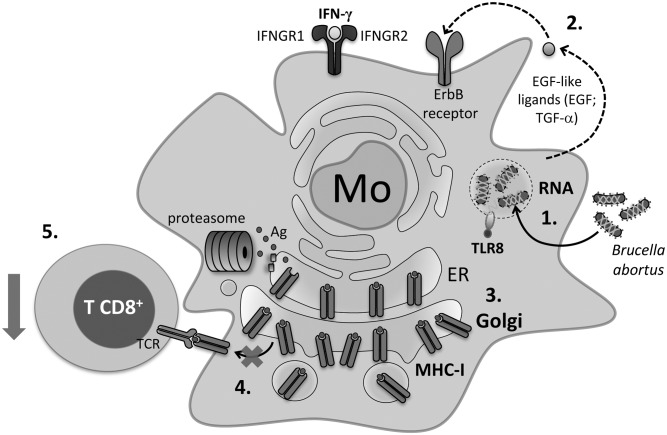Fig 10. Proposed model for the MHC-I surface down-regulation mechanism mediated by B. abortus.
1. Infection of human monocytes/macrophages with B. abortus induces the release of its RNA and RNA degradation products into the Brucella-containing endosomes. 2. These molecules via TLR8 induce the secretion of EGF-like ligands such as EGF and TGF-α which bind ErbB receptors on the cell surface causing their activation. 3. These effects finally cause the retention of MHC-I molecules within the Golgi apparatus. 4. MHC-I molecules are therefore unable to reach the cell surface and present bacterial Ags to CD8+ T cells. 5. Inhibition of Ag presentation enables the bacteria to hide inside human monocytes/macrophages and avoid the cytotoxic CD8+ T cell responses.

